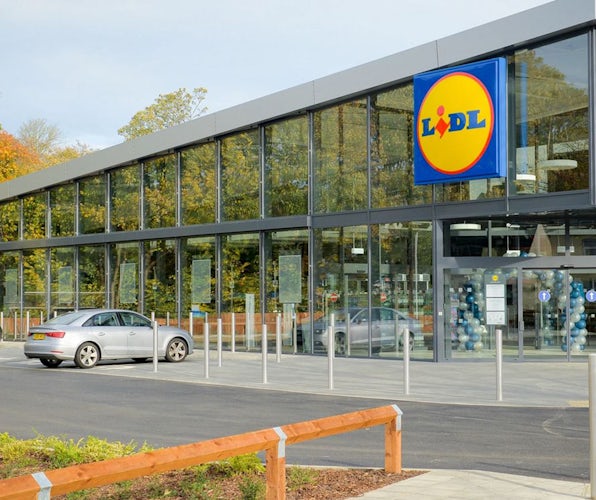
The rise of programmatic outdoor: What advertisers need to know
The advent of programmatic trading has revolutionised online advertising by allowing ad placements to be bought rapidly, efficiently and automatically.
Programmatic trading has brought increased reach, greater targeting capabilities, and real-time measurement and optimisation to online advertising. And while there are also challenges in the form of brand safety, fraud and lack of quality, on the whole the benefits of programmatic outweigh the drawbacks.
Online is not the only media channel being revolutionised by programmatic. Digital out-of-home (DOOH) advertising can also be traded programmatically, and in recent years there has been a significant growth in the programmatic trading of outdoor ads, with demand-side platforms (DSPs) moving into the space, outdoor owners launching in-house trading platforms, and programmatically-enabled digital screens becoming more widely available. Major brands are also starting to explore the capabilities of programmatic outdoor with innovative campaigns.
Outdoor advertising – digital or not – is very different to online advertising in its scale, reach and nature, which means that programmatic brings a different set of benefits and challenges to the medium. Confusion abounds as to what exactly constitutes “outdoor programmatic” and how to define it.
In this briefing, we will nail down exactly what programmatic outdoor advertising is and how it works, and the ways in which it differs from regular DOOH and online programmatic. We’ll consider the advantages and disadvantages of programmatic for OOH advertising, and look at examples of ad campaigns that have used programmatic to its greatest effect outdoors.
Finally, we’ll consider where programmatic outdoor is going based on current trends, and what advertisers need to bear in mind for the future as this channel continues to grow.







